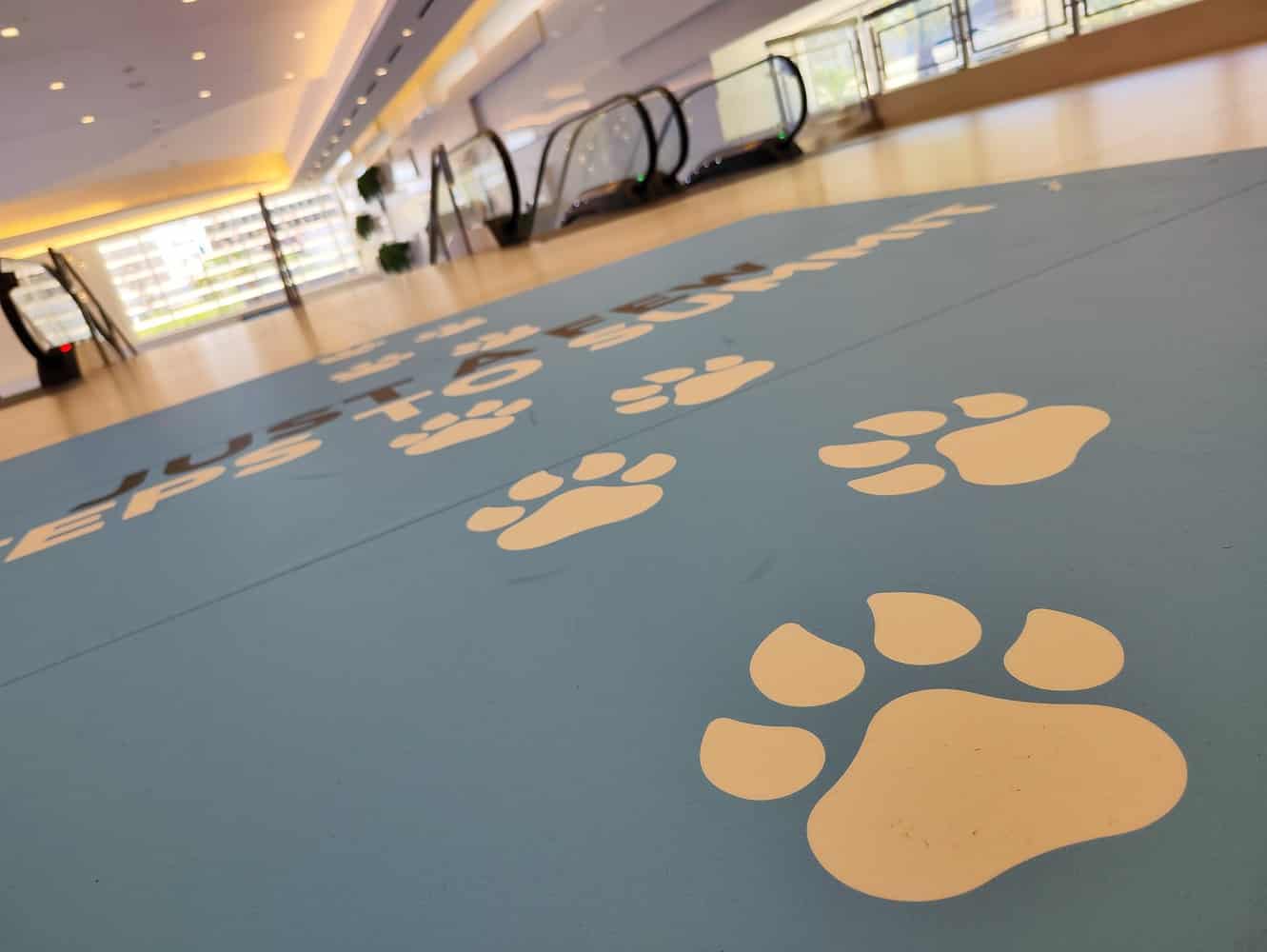As the global technology industry moves rapidly towards a world of generative Artificial Intelligence (gen-AI) enabled advantage, those tech vendors (arguably) making the most staunchly maverick moves in this space are doing so with the use of secure guardrails, steel-forged data management controls and superhero-charged levels of information governance.
Among those firms clearly keen to build layers of this new technology fabric assiduously and competently is upper-case lettering enthusiast organisation Nvidia. What the firm lacks in acronym or initialism-related capitalisation, it is making up for in its work with Data Cloud specialist Snowflake. The two firms used the Las Vegas-hosted Snowflake Summit 2023 conference to explain why they are partnering to provide businesses with an accelerated path to create customised generative AI applications using their own proprietary data, securely within the Snowflake Data Cloud.
Custom-built LLMs
Using the up-and-down lettering case convention much beloved of the iProduct era, Nvidia has brought forward NeMo, its platform for developing Large Language Models (LLMs) using the company’s own Graphical Processing Unit (GPU) accelerated computing hardware, software and development methodologies. Snowflake will now submerge itself in NeMo (pun intended) to embark upon a series of software engineering development initiatives designed to enable enterprises to use data in their Snowflake accounts to make custom-built LLMs.
Where will we use the resulting gen-AI intelligence that stems from custom-created LLMs then? Primarily, say both firms, we’re looking at advanced generative AI services including chatbots, search and summarisation functions that work in concert with sister Machine Learning (ML) functions.
The secret sauce here – if there is one – is said to be the ability to customise LLMs without moving data [outside of Snowflake] which enables proprietary information to remain fully secured and governed within the Snowflake platform.
“Snowflake’s partnership with Nvidia will bring high-performance ML and AI to our vast volumes of proprietary and structured enterprise data, [and this absolutely represents] a new frontier [in terms our an organisation’s ability] to bring unprecedented insights, predictions and prescriptions to the global world of business,” said Frank Slootman, chairman and CEO, Snowflake.
Also read: Snowflake’s latest industry cloud offering targets manufacturers
Where governed data lives
By integrating AI technology from Snowflake and Nvidia, enterprises are supposed to be able to build, deploy and manage customized applications with gen-AI power to all parts of their business across a variety of use cases. Snowflake insists that by expanding AI capabilities in the Data Cloud, it enables customers to create gen-AI applications where their governed data already resides, a factor that is predicted to reduce cost and latency while maintaining the security of their data.
“Data is essential to creating generative AI applications that understand the complex operations and unique voice of every company,” said Jensen Huang, founder and CEO, Nvidia. “Together, Nvidia and Snowflake will create an AI factory that helps enterprises turn their own valuable data into custom generative AI models to power groundbreaking new applications — right from the cloud platform that they use to run their businesses.”
Nvidia and Snowflake’s collaboration represents an opportunity for enterprises to use their proprietary data — which can range from hundreds of terabytes to petabytes of raw and curated business information — to create and fine-tune custom LLMs that power business-specific applications and services.
Diverse ‘fleets’ of AI models
“More enterprises than we expected are training or at least fine-tuning their own AI models, as they increasingly appreciate the value of their own data assets,” said Alexander Harrowell, principal analyst for advanced computing for AI at technology research group Omdia. “Similarly, enterprises are beginning to operate more diverse fleets of AI models for business-specific applications. Supporting them in this trend is one of the biggest open opportunities in the sector.”
With over 8,000 customers worldwide (as of April 30, 2023), Snowflake says that Data Cloud gives enterprises the ability to unify, integrate, analyse and share data across their organisations, as well as with customers, partners, suppliers and others. In addition, customers can build and share leading data applications at scale with the Data Cloud.
Snowflake’s unified platform offers industry-specific Data Clouds to help deliver innovative solutions across multiple verticals and lines of business spanning advertising, media and entertainment, financial services, healthcare and life sciences, manufacturing, retail and CPG, technology and telecom. Most recently, Snowflake launched the Government and Education Data Cloud to enable data-driven decision making for the public sector.
“Snowflake and Nvidia collaboration will enable customers to transform these industries by bringing customized generative AI applications to different verticals with the Data Cloud. For example, a healthcare insurance model could answer complex questions about what procedures are covered under various plans. A financial services model could share details about specific lending opportunities available to retail and business customers based on a variety of circumstances,” notes Snowflake, in a technical statement.
Nvidia NeMo is a cloud-native enterprise platform for building, customizing and deploying generative AI models with billions of parameters. Snowflake plans to host and run NeMo in the Data Cloud, enabling customers to build, customise and deploy custom LLMs used for generative AI applications, such as chatbots and intelligent search.
Guardrails, at last!
While the gen-AI glitterati have been waving its flag and seemingly hosting lockdown drinks parties with very little social distancing or hand sanitiser, Nvidia may now be proving its worth with precisely the one aspect of this new breed of ML that the industry has been calling for almost since day one of its inception, i.e. guardrails. With NeMo Guardrails software, developers can ensure that their applications are aligned with business-specific topics, safety and security requirements.
Talking about the form and function of this working partnership which was forged this year, media at Snowflake Summit 2023 were presented with the opportunity to speak to Torsten Grabs, senior director of product management at Snowflake and Kari Briski, VP of AI software management at Nvidia.
Briski explains Nvidia NeMo as an end-to-end platform technology and says that Guardrails is just one element of a wider set of tools which apply to the entire IT stack.
“It is a separate open source repository that sits in between the Large Language Model and the end user, or the application itself. With NeMo inside of Snowflake, a process known as P-Tuning (prompt tuning) is used so Small Language Models (SLMs) can be trained separately and injected into an LLM and personalised at runtime. In technical terms, it’s called Parameter Efficient Fine-Tuning – in less technical terms it provides the ability to deliver customisations to foundation models, those models can then be used, securely and with Natural Language based queries, in conjunction with a variety of data sources,” explained Briski.
Concurring with Briski’s comments, Snowflake’s Grabs explains with Nvidia NeMo inside Snowflake, there is no unmanaged channel to send customer data into open generative models – unless there was some (generally unusual) kind of need to do so for some reason.
“To expose mission-critical data to open models would of course generally not be advisable – this is not what organisations should be doing with live operational data and most businesses have already got the right in their corporate mindset (so to speak) and they typically know what they should be doing with their data on a day-to-day basis. What Snowflake has done by working with Nvidia this year is create an intelligent way of containerising compute to host an LLM and the whole NeMo management stack securely,” said Grabs.
Snowflake’s Grabs comments that people (i.e. users) have been asking for GPU power inside of Snowflake for some time now. He notes that a modern AI stack requires the speed of GPUs anyway for anything from simple image processing and upwards; but the key part of this whole story is the ability to operate securely, with power and under total control.
Have we reached the point of totally secure data connections to all open or community-based AI models? Perhaps in this case yes, but there are many other connection points through third-parties that we will still need to be aware of. Despite that truism, the developments here are encouraging and we have heard more from Nvidia and Snowflake on the guts behind generative AI guardrails than we have from most others – and that must be smart.

